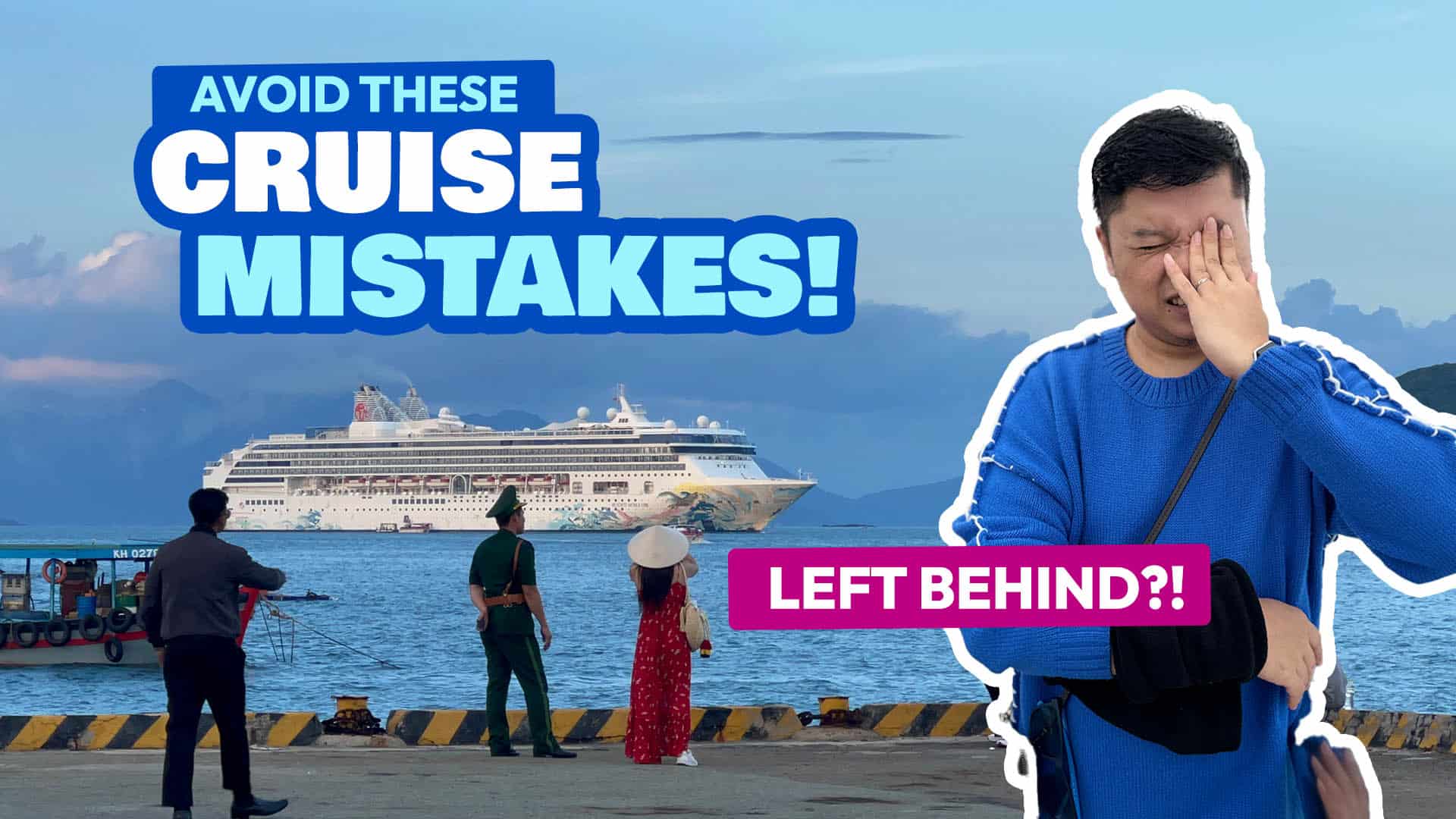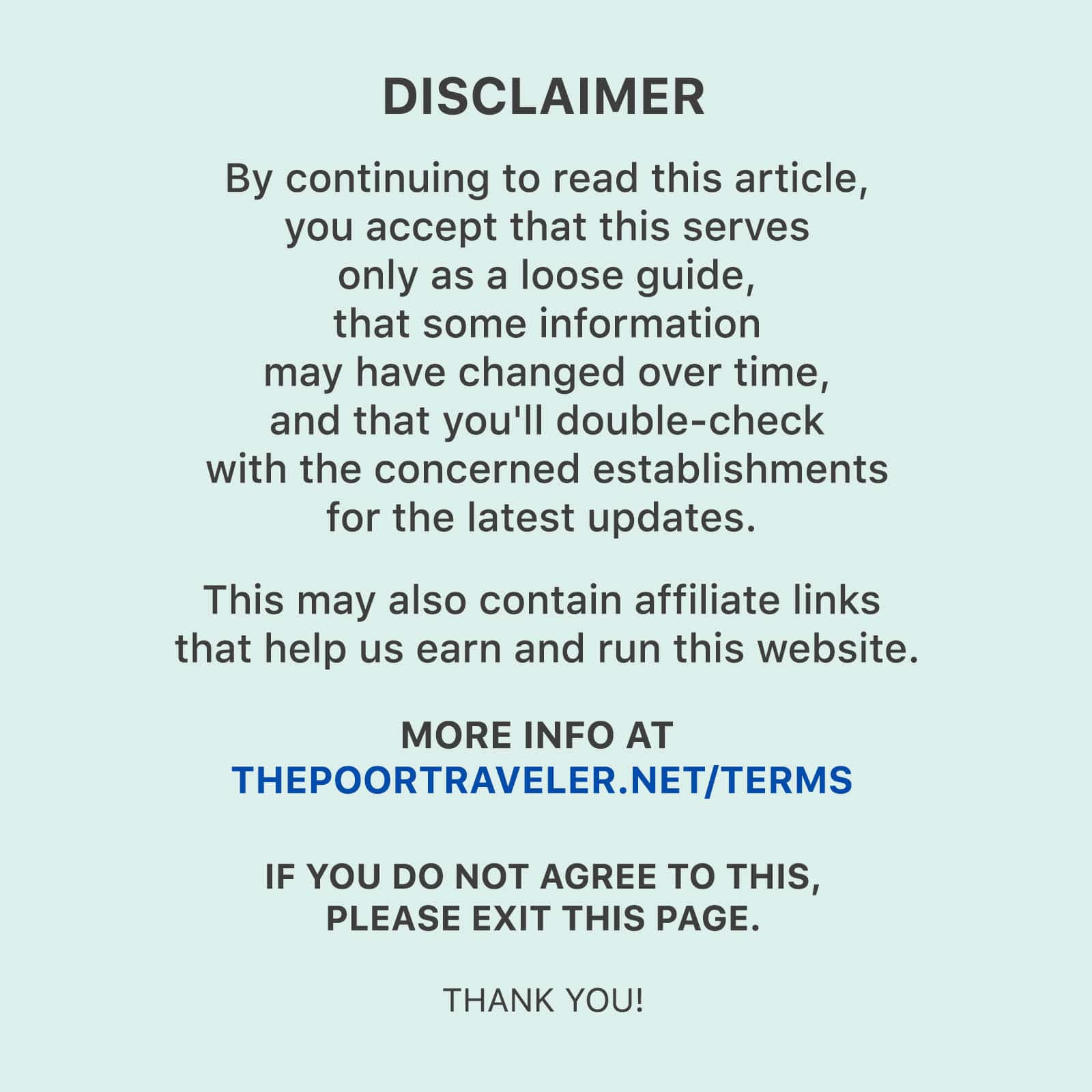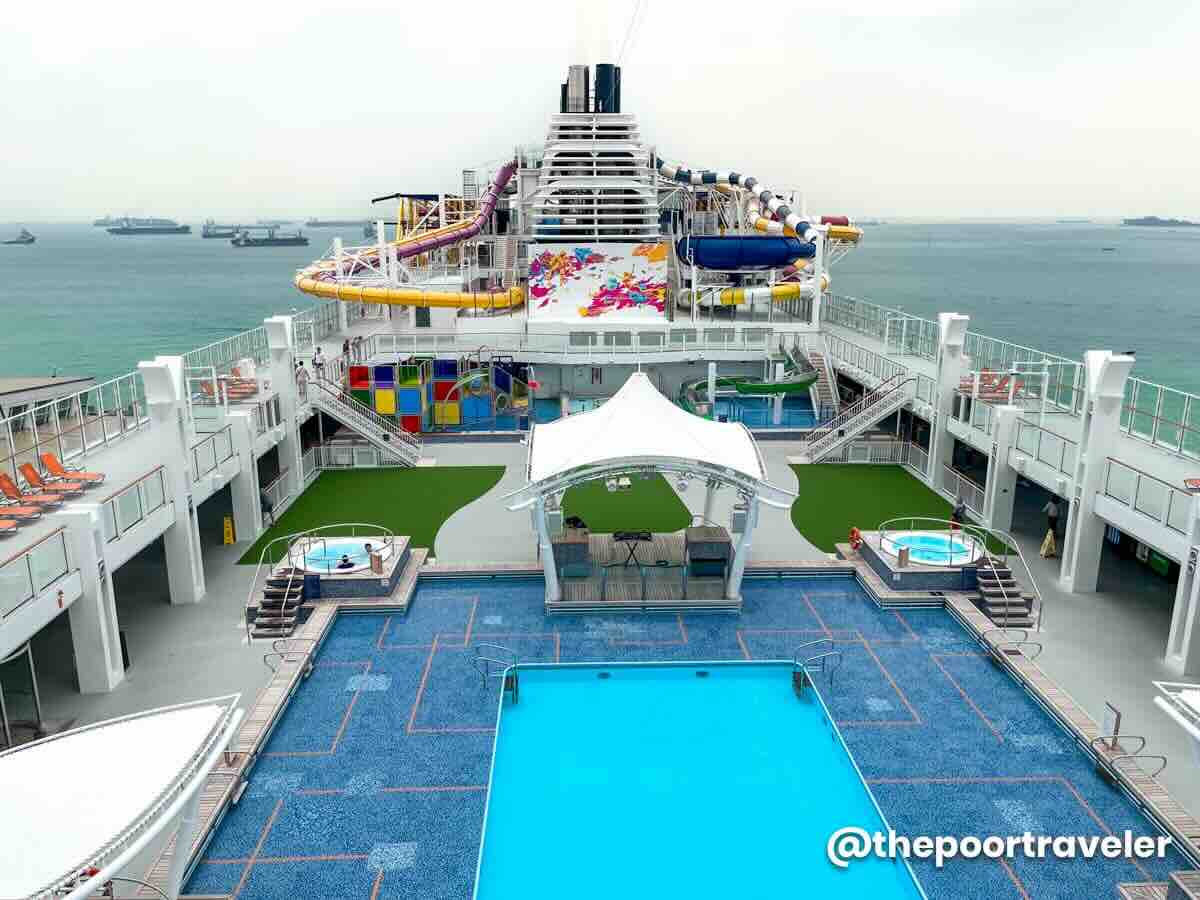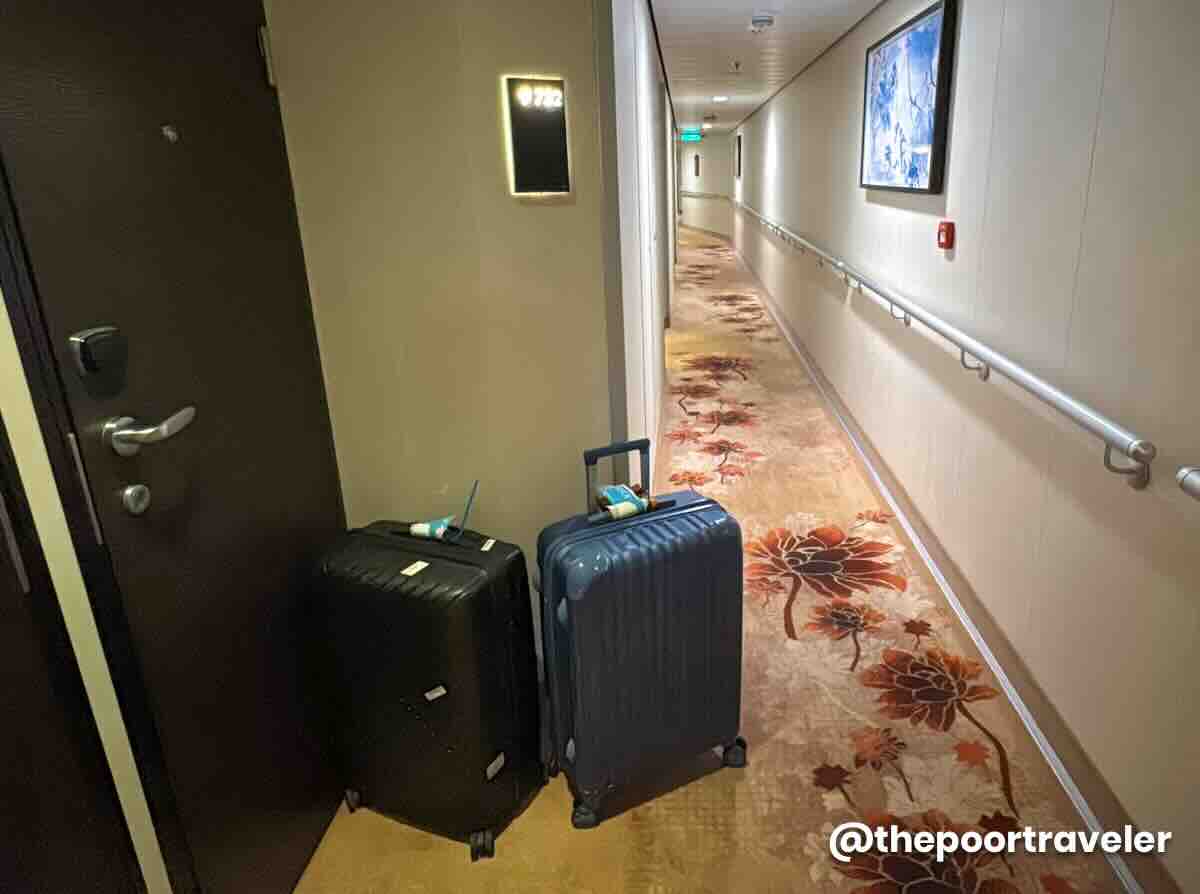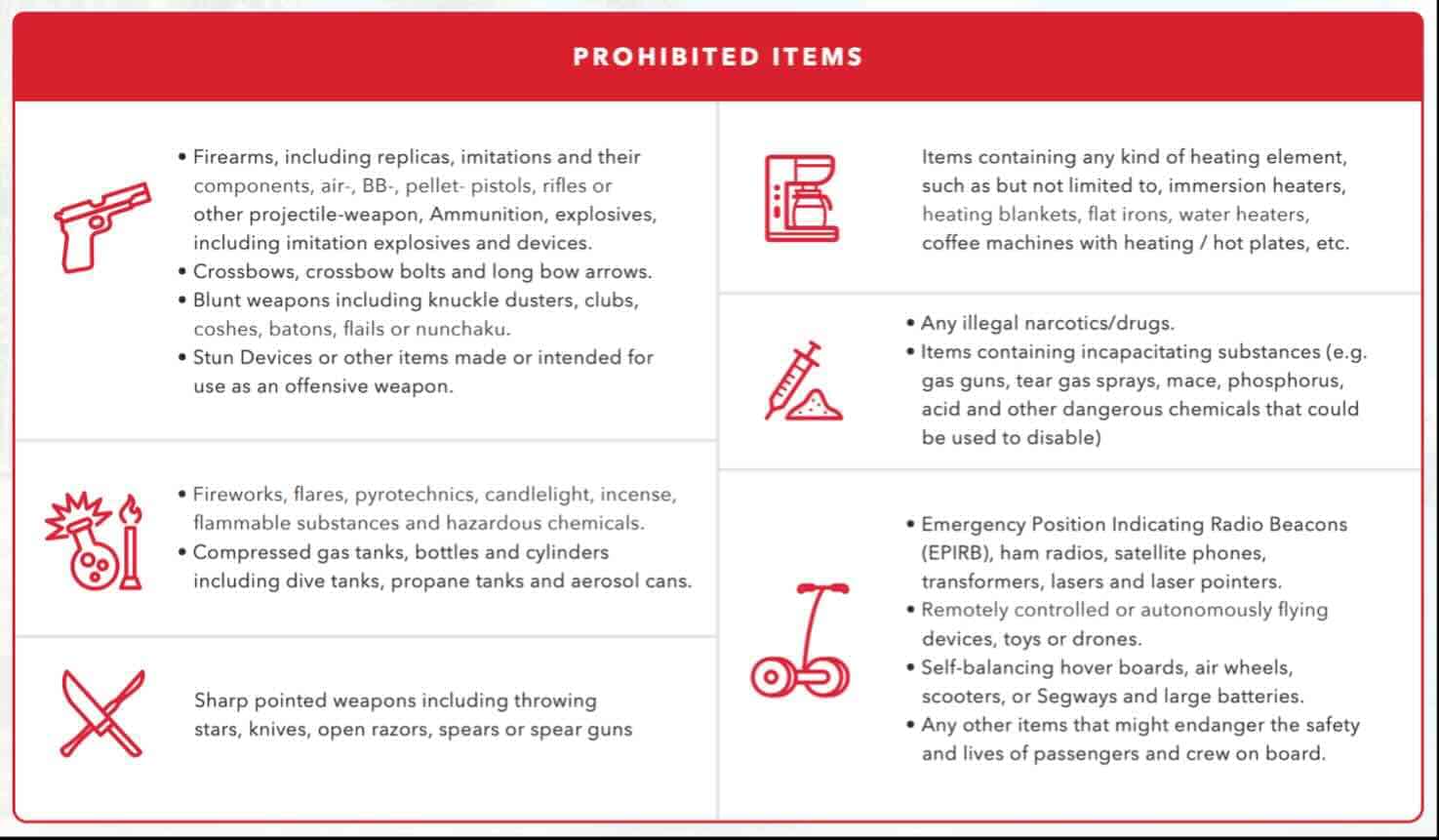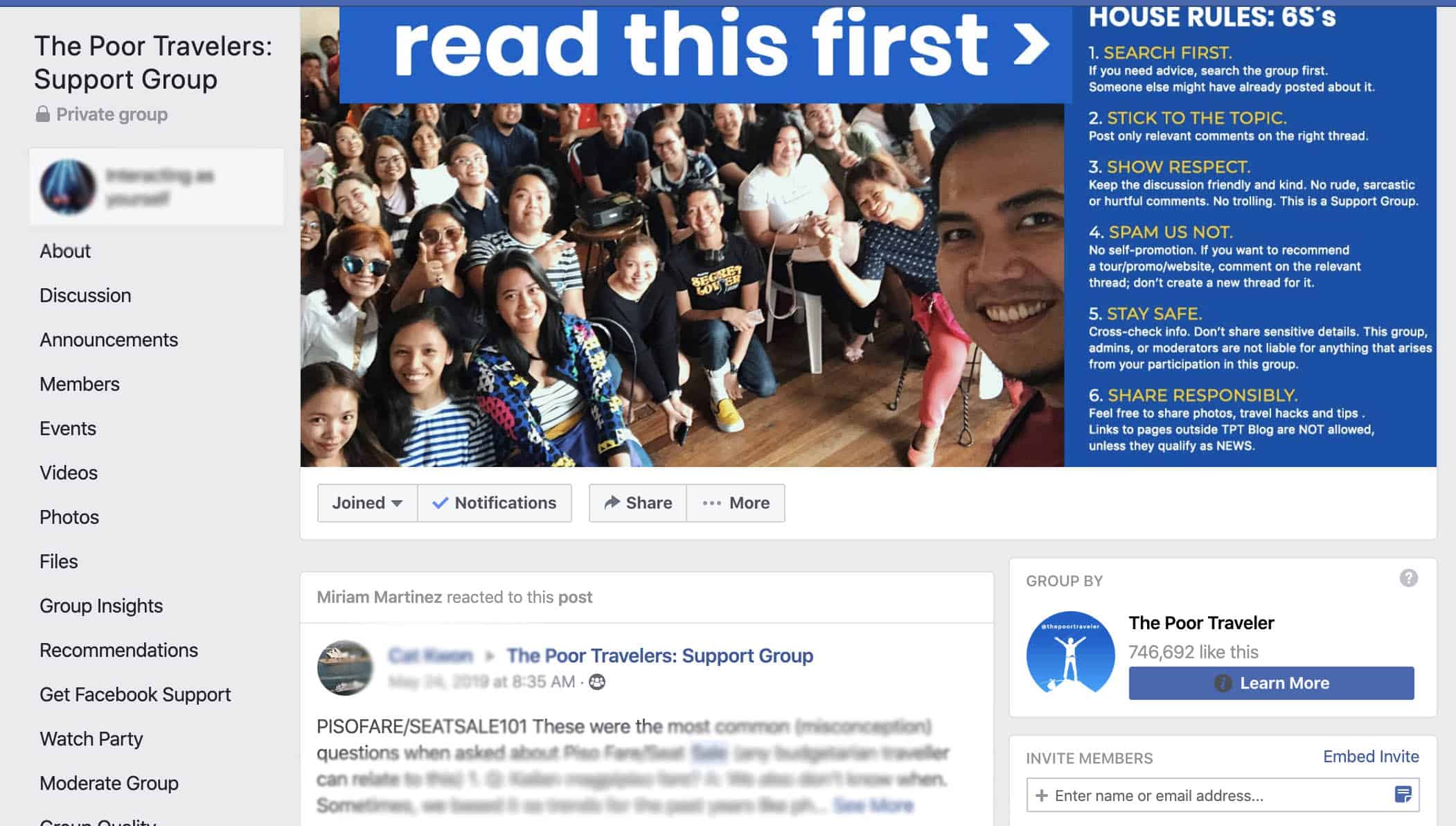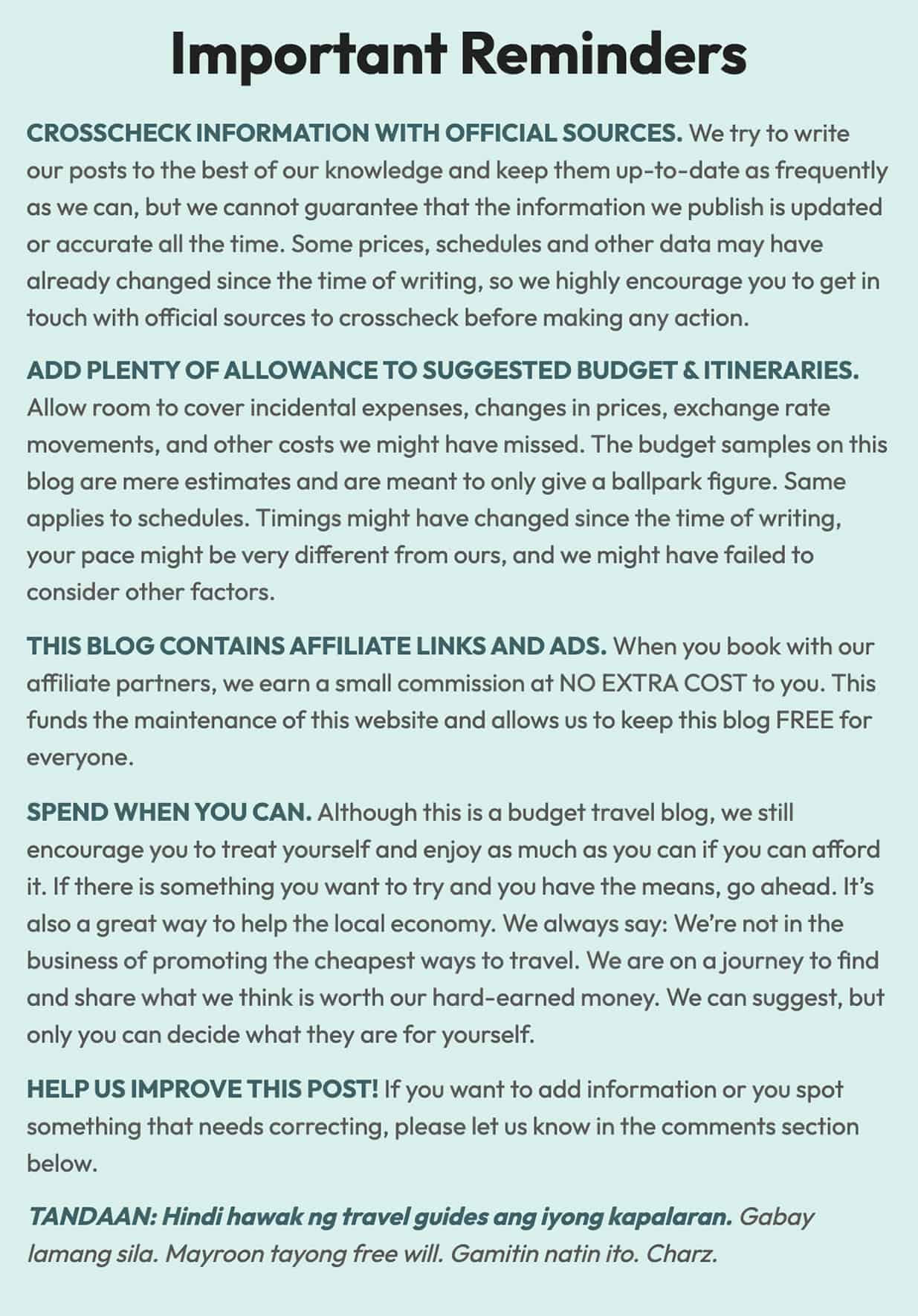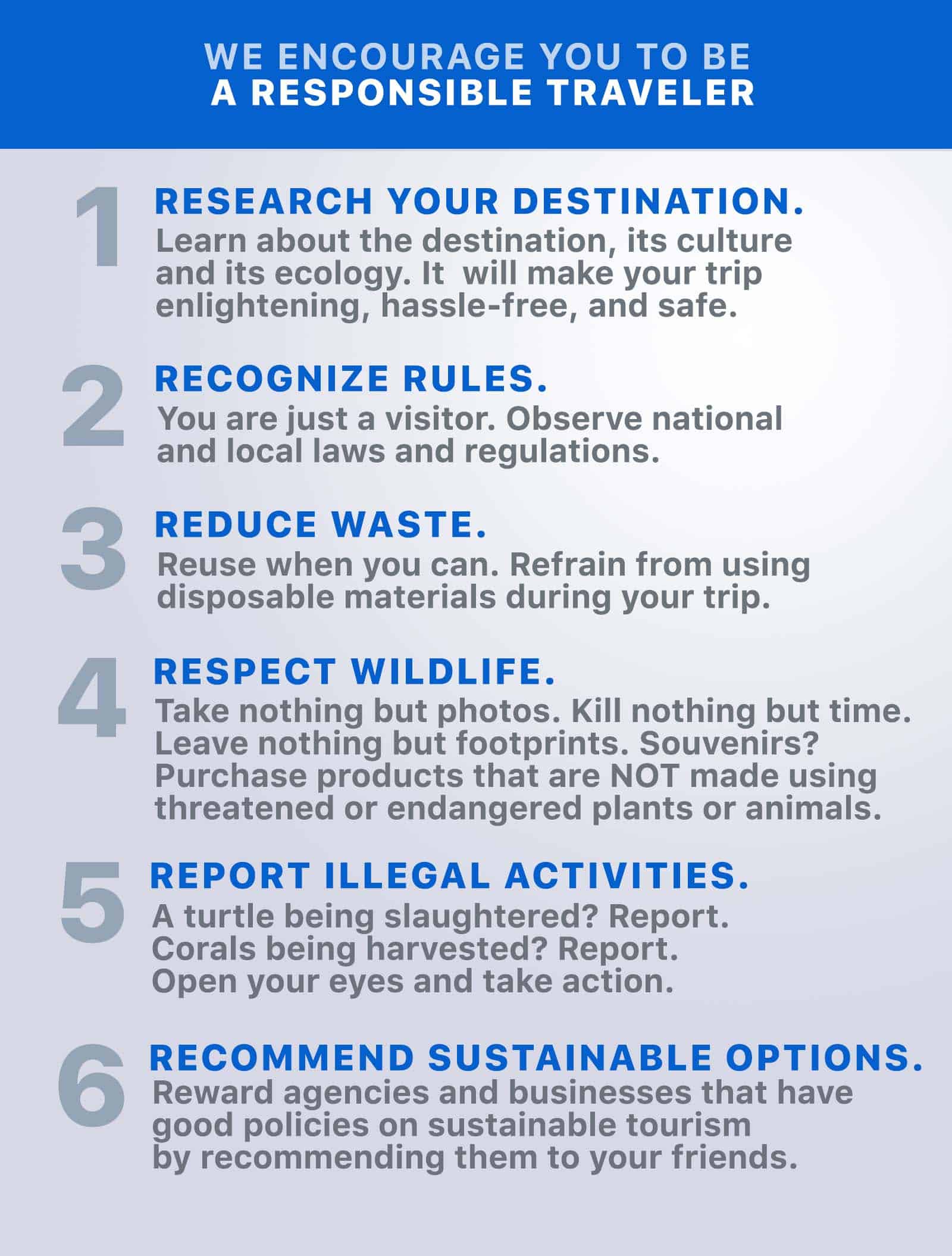Cruises can be magical — waking up in a new destination every day, endless food, and sunsets that look straight out of a painting. But like any trip, a bit of preparation can make or break your trip.
We have been covering cruises for the past 15 years. And when we were just starting out, we also had quite a few misconceptions that turned out to be false and made some mistakes that were actually avoidable. And in this article, we’ll share with you 13 rookie mistakes to avoid when booking a cruise or boarding a ship.
Plan smart and spend less time stressing and more time sipping cocktails by the pool.
WAIT, WAIT, WAIT! If your are traveling soon and still on the planning stage, you can also visit our The Poor Traveler Masterlist. Here, we compiled travel essentials, including immigration requirements and all our recommended hotels and tours. Just visit this page: TPT Masterlist. We have a compilation for destinations around the world.
1. Booking the wrong cabin.
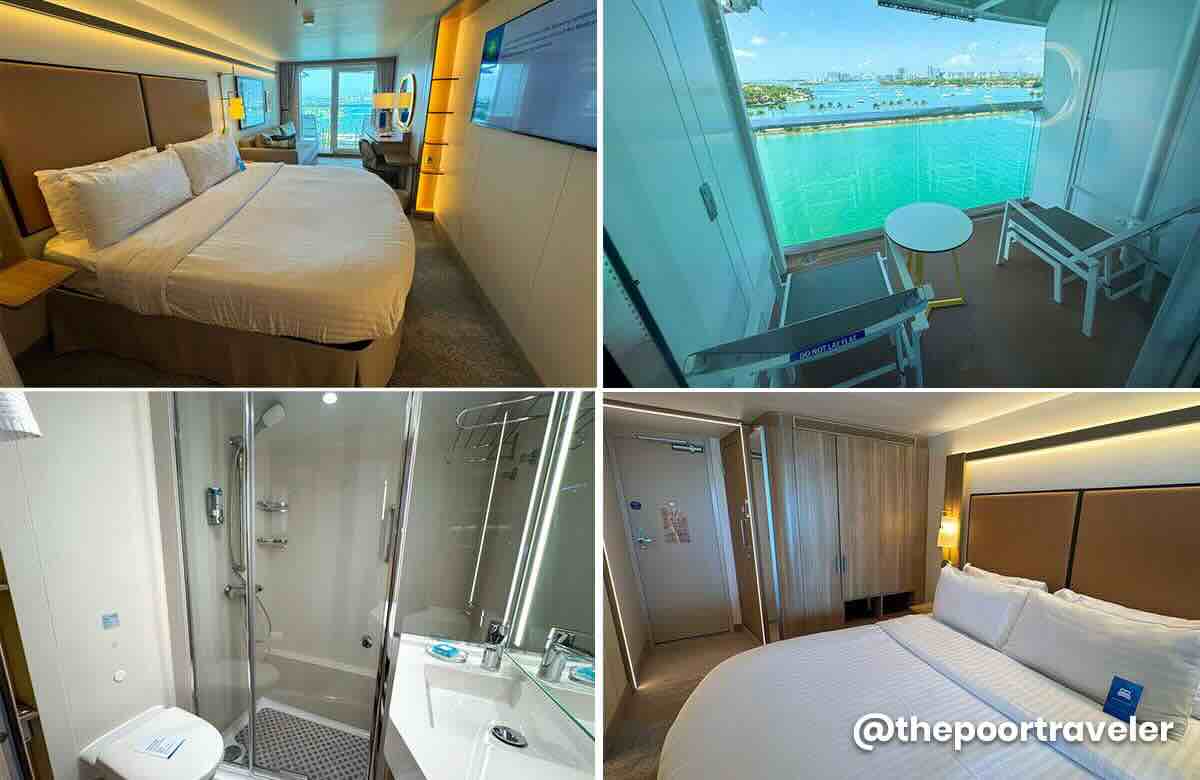
Not all cabins are created equal. Some rooms and decks can trigger motion sickness more than other areas, while others are better for senior travelers because they’re closer to the elevator. So when you book a cruise, choose a cabin or stateroom that best fits your needs.
In general, there are four main types of cruise ship accommodations:
- Interior rooms are usually the cheapest, but also the most cramped, and have no windows.
- Sea/Ocean view rooms have a window that could let in some light and have a view of the outside.
- Balcony rooms have some extra space where you can step outside and get a better view of the ocean and the ports.
- Suites have more amenities than usual. They come in all shapes and sizes, and usually come with all sorts of perks.
So if you’re claustrophobic or prone to motion sickness, it’s not a good idea to pick an interior cabin that is on either end of the ship. Instead, choose one in the middle part. You’ll also feel the motion the most on higher decks or levels.
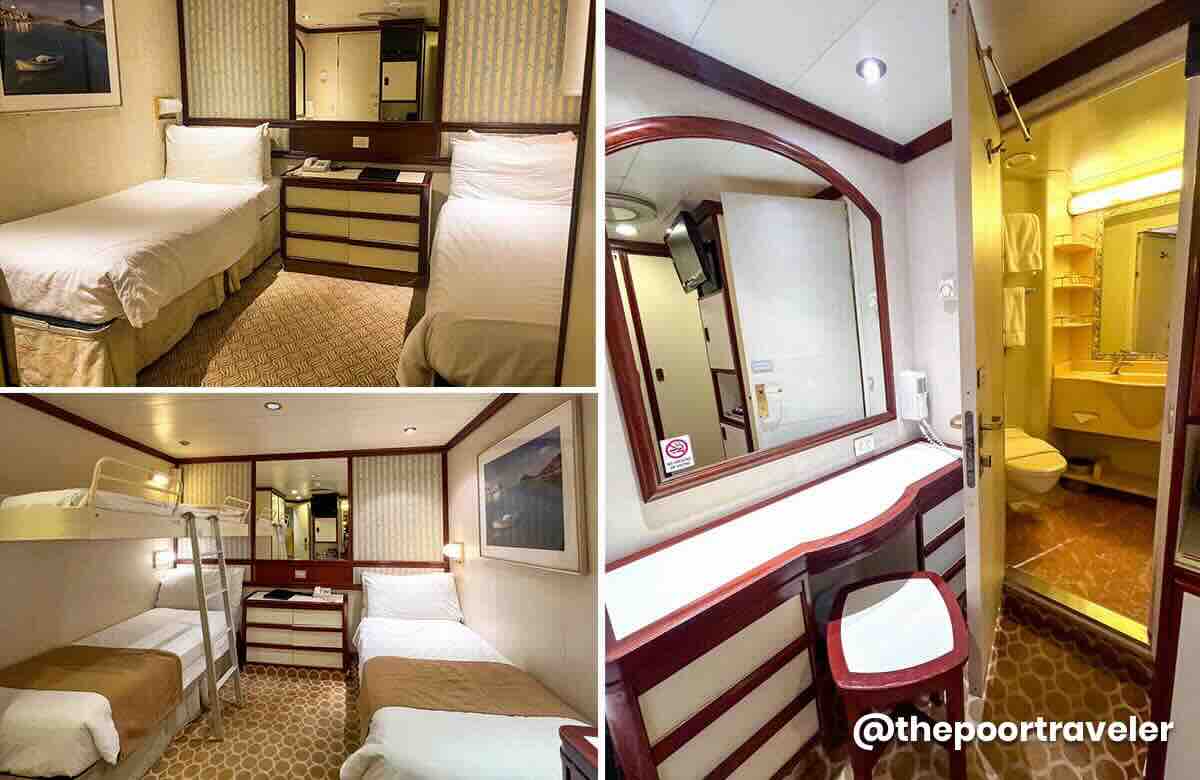
If you’re traveling with seniors or those with mobility issues, choose a room close to the elevator. Ships are crazy long, and it can be quite challenging for them to walk half the length of the ship every day.
Read reviews and look at the ship’s deck plan before booking.
2. Not understanding the inclusions.
Every time we feature a cruise and mention the price or rate, some of the usual questions we see in the comment section are: Is that for the room only? How about the food? How much if meals are included? Do we have to pay to use or access the pools?
In most cases or almost all cases, when you book a cruise on the cruise line’s website or even with a travel agency, the cruise fare already includes the following for the entirety of the sailing:
USUAL INCLUSIONS
Again, these are covered by your cruise fare.
- Accommodations
– the room where you will be staying - Access to most amenities (like pools)
– not all or with exceptions - Basic entertainment or shows
- Full board meals
– breakfast, lunch, dinner
There are two types of restaurants on board: inclusive (or complimentary) and specialty (or paid).
If you dine at the inclusive or complimentary ones, you don’t need to pay anything extra. These are included in your cruise fare. Usually, there’s a buffet restaurant option. On Royal Caribbean, they have the Windjammer. On Star Cruises, it’s Lido. And on Costa Serena, Prometeo. But aside from the buffet, there’s also a complimentary full-service (or fine dining) option, which is also free of charge. The names also vary depending on the ship.
Recently, on our previous cruise reel about Costa Serena, there was a comment that they got tired of the buffet food but didn’t try dining at Vesta because they thought it was fine dining and had to pay extra. When I told them that Vesta was actually free, they couldn’t believe it. I even had to explain it further. They thought that because it was fine dining, it would incur extra fees and that only the buffet was “free”. What a missed opportunity! Imagine, seven days of sailing and they didn’t get to experience the other complimentary restaurants.
So before the cruise, familiarize yourself with the complimentary or inclusive features of the ship to maximize your time and money! Make every trip worth it!
So, you should know the inclusions, as well as the exclusions!
3. Not budgeting for “hidden charges”.
On the other hand, many first-timers assume cruises are 100% all-inclusive. Spoiler alert: they’re not.
When you’re booking a cruise, the first prices that are presented to you are usually just the so-called “cruise fare”. As mentioned, it already covers your accommodation, main meals, and access to amenities and some entertainment. But when you reach the checkout page, you’ll suddenly find some additions to the cost. That’s most probably the “port charges”. More on this later. Below are the exclusions from your cruise fare that you should be aware of.
EXCLUDED FROM CRUISE FARE
- Port Charges. Port charges (sometimes called port fees or port taxes) are the mandatory fees that cruise lines pay to each port your ship visits, kind of like “rent” for docking there. The money goes to the port authorities for things like maintenance, security, and customs operations. You’ll usually see port charges already included in your total cruise fare, but sometimes they’re listed separately to show transparency. They’re not optional, even if you decide to stay on the ship and skip the excursion. The cruise line still has to pay the port for your ship’s visit. If you’re booking with a travel agency, the published rates usually don’t include port charges yet. So expect to pay more upon booking.
- Flights and Transfers. Getting to the port is not included either, unless you’re booking a fly-and-cruise package.
- Travel Tax. Philippine passport holders also need to settle the Philippine travel tax.
- Gratuities. These are nightly service charges automatically added to your bill to compensate the hardworking crew such as your cabin attendants, dining staff, and behind-the-scenes crew, who keep everything spotless and running smoothly. You might not see most of them, but they’re the ones making sure your towels are magically folded into swans and your buffet plates never run dry. Some cruise lines and sailings (like Singapore sailings of Royal Caribbean) include gratuities in the fare. But others charge them separately — usually around USD 10–20 per person per day. You can prepay them before your trip or have them billed at the end of your cruise. And while you’re technically allowed to adjust or remove them in some cases, it’s generally frowned upon unless something went terribly wrong. These crew members work long hours for modest pay, so that little extra goes a long way. In short, it’s not a scam, it’s just cruise culture.
- Other Mandatory Fees. For sailings to Japan, a JPY 1000 Tourist Arrival Fee is also collected. For Sanya, China, in our experience, we were charged a HKD 15 handling fee.
These are the most important. However, there are also optional items that can make your cruise experience more convenient or enjoyable but are also not included in your cruise fare.
OPTIONAL ADD-ONS

- Wifi. Cruise ships usually offer internet packages for a fee.
- Shore Excursions. Yes, you can get off the ship and explore the destinations. You can do it on your own (DIY-style) or join an organized tour. But either way, these are not included. Your expenses when you alight the ship are not included. DIY usually ends up more budget-friendly.
- Meals at “paid dining” spots. Earlier, I mentioned inclusive or complimentary restaurants. You’ll also find specialty or paid dining options on board. When you dine in one of these specialty restaurants, you’ll be charged extra. But you can totally get by without these premium restaurants.
Drinks are also limited to water, basic coffee or tea, and sometimes, a few flavored drinks. If you want soda, other juices, smoothies, wine, beer, or cocktails, you’ll have to pay for them.
Drink packages are also very common on cruise ships, which will give you unlimited drinks, but they’re usually very expensive and unhealthy. I have never paid for a drink package, and I still enjoy my time on board without problems.
4. Missing out on promos.
Cruise lines are constantly running promos. We often encounter sales like “4th guest sails free,” “kids cruise free,” or “buy one, get one 50% off.” These deals can slash hundreds of dollars off your total fare, but only if you know when and where to look.
The problem is that many first-timers panic-book at the first decent price they see. The key is to stay on the lookout. Cruise lines tend to launch promos during off-peak booking periods or when they’re filling up specific sail dates. If you’re flexible with your travel dates and cabin type, you can snag insane deals.
Also, TPTers or our readers can also enjoy an additional 5% OFF on some cruises. All you need to do is remember and enter our promo codes. For Star Cruises (Star Navigator and Star Voyager) and Dream Cruises (Genting Dream), book at www.stardreamcruises.com and use our code thepoortraveler, small letters or lowercase! That’s 5% OFF!

We also have a code for Royal Caribbean if you book with Cruising.com.ph. The code is WORTHIT, which will also give you 5% OFF. You can try it on their website, but sometimes the system does not work. But if you book with Cruising on the phone, just mention that you were referred to by THE POOR TRAVELER and mention the code WORTHIT.
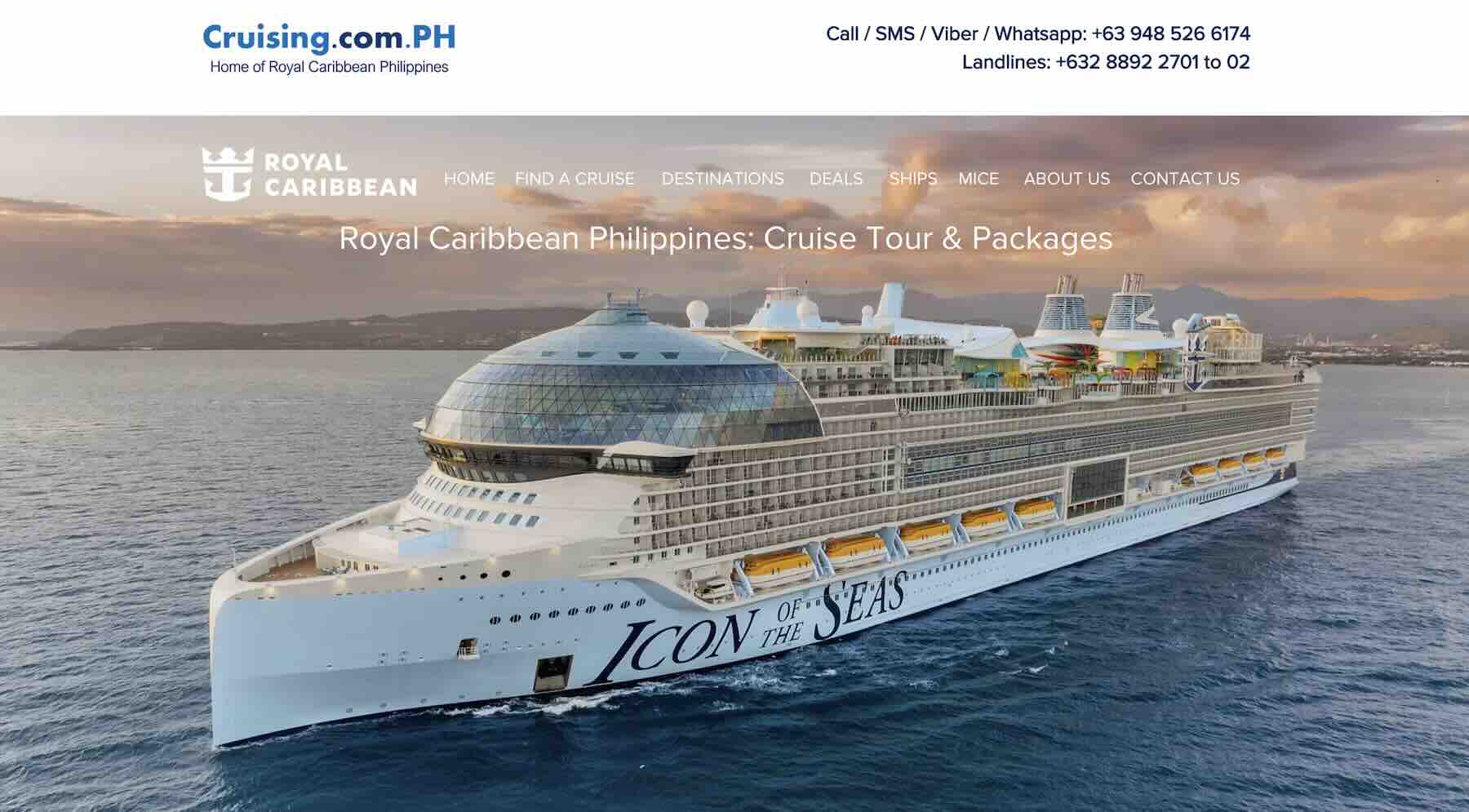
It is also important to remember that additional services and comforts are usually much cheaper when you book them BEFORE your sailing date — wifi, shore excursions or tours, drink packages, and even paid restaurants. You’ll save more if you book them in advance than when you’re already on board.
Some staff, usually managers or head waiters, are also authorized to grant discounts. We usually experience this on Royal Caribbean cruises. The head waiter assigned to us at the main dining room gave us 50% OFF on another restaurant when we mentioned we wanted to try it.
5. Not knowing the visa requirements.
Many first-time cruisers assume that because they’re “just on a ship,” they can skip the whole visa business. Wrong. Even if you’re technically only stepping off for a few hours during a port stop, you’re still entering another country. And if that country requires a visa for your nationality, you better have one — or you might not be allowed to board the ship at all.
Thankfully, most of the cruise ships accessible to us Filipinos don’t require visas. If you’re sailing to or from Singapore, Malaysia, Thailand, Indonesia, Vietnam, or Taiwan, no visa is needed for Philippine passport holders.
For Japan, a visa is NOT required for cruise passengers arriving and departing on the same ship. But you must pay the Tourist Arrival Fee (JPY 1000). Cruise lines usually charge USD 10 for this.
For China, as of writing, if you’re staying in China for less than 24 hours, you can transit without a visa. If you’re staying longer, you’ll need to apply for one. To be safe, you can apply for a double-entry visa.
For South Korea, no need for a visa if you’re visiting Jeju Island only. But if you’re sailing to any other part of South Korea, you’ll need one.
IS VISA REQUIRED FOR FILIPINOS?
- Singapore, Malaysia, Thailand, Indonesia, Vietnam, Taiwan, Hong Kong: NO
- Japan: NO – Not required for cruise ship passengers, but JPY 1000 arrival fee applies.
- China: NO – if staying for less than 24 hours. But if you feel like you’re going over, better apply for a visa.
- South Korea: Jeju Island – NO; Busan and the rest of South Korea – YES
Note: This is as of this writing, 2025. These policies change over time, so make sure you get the updated info. Cruise lines will usually inform you after booking, but it’s still your responsibility to confirm the requirements.
6. Not giving enough time allowance.
You need to give yourself enough time before and after your sailing. Cruise embarkation and disembarkation can be chaotic. Flight delays, cancellations, or even traffic can easily ruin your plans. Arrive at the port city at least a day before departure. It gives you a cushion in case something goes wrong.
The same goes for after the cruise. Disembarkation can take hours, so don’t schedule an early flight home. Instead, spend one more night in the city. It’s way more relaxing and stress-free. It also gives you some time to explore the home port.
WAIT, WAIT, WAIT! If you need to book a hotel in the homeport city, you can book with Agoda. But please use our promo code AGODATPT for up to P5800 OFF. Using the Agoda app, enter AGODATPT on the DEALS tab. Then when it’s time to book a hotel, enter it again upon checkout. That’s actually 10% OFF but capped at USD 100, so that’s 5800 pesos based on current conversion. That’s huge! We also get credited for every booking, which helps us maintain this website.
7. Struggling with time zone confusion.
Some sailings cross time zones, which makes time-telling quite complicated. Suddenly, your phone says one thing, the ship’s clock says another.
A lot of first-timers don’t realize that the ship’s “official time” doesn’t always match the local time at port, which can cause chaos when planning shore excursions or meeting points. Miss the all-aboard time because your phone auto-adjusted? The ship won’t wait.
Cruise lines usually announce time changes over the intercom or in the daily bulletin, but people tend to miss it between buffets and bingo. Always double-check the ship’s time before getting off. It’s usually posted everywhere or displayed on the in-room TV.
TIP! When in doubt, set your phone to airplane mode and manually adjust the clock to “ship time.” This way, your device doesn’t betray you mid-shopping spree in another country. It sounds like a small mistake, but it happens a lot.
By the way, every night, your cabin steward will leave a daily program in your room. It lists everything happening onboard the next day: shows, trivia games, dance classes, movie screenings, food tastings, and even karaoke. It also tells you if there will be time zone crossing soon.
8. Overlooking shore excursion logistics.
Some stops or ports of call are easier to explore than others. For example, Penang and Malacca in Malaysia, Phuket’s Patong Beach in Thailand, and Naha in Okinawa are easy to explore even without joining a tour. In Penang, the very popular Art Street is just within walking distance. In Naha, you can also walk to a bus stop or get a cab easily.
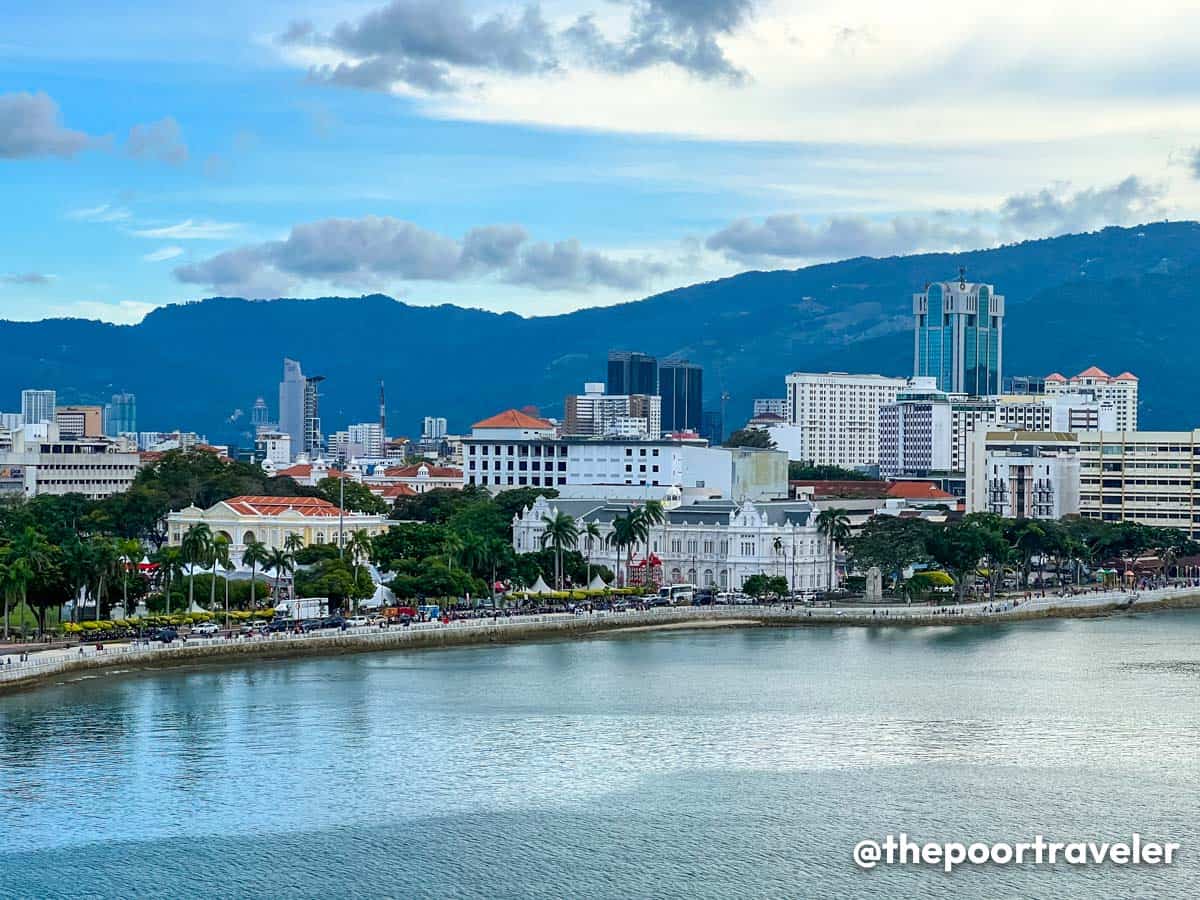
But Port Klang is quite detached from Kuala Lumpur. And in Taiwan, if your target is Taipei, it takes time to reach it from Keelung, especially if you’re taking public transportation. In Japan, Ishigaki’s port is quite isolated, with a very limited number of taxis, so it’s best to charter one in advance.
REMEMBER! Cruise ships follow strict schedules, and they will not wait for late passengers.
If you join a ship-organized tour, you’re safe — they’ll make sure you’re back in time. But if you explore independently, be mindful of the all-aboard time. It’s not like missing a bus; if you’re late, the ship will literally sail without you. Always keep an eye on the clock, and give yourself at least an hour’s buffer before departure.
And oh, it’s always best practice to purchase travel insurance before your trip. It’s not just for accidents; it also covers trip cancellations, delays, lost luggage, and those little “plot twists” that tend to happen at the worst possible time. You probably won’t need it (fingers crossed), but if you ever do, you’ll be so glad you got it. Think of it as the most boring purchase that could end up saving your entire vacation.
The thing is, not all travel insurance companies provide coverage for cruises. But one that I know definitely does is PGA Sompo’s TravelJoy. To book, just visit www.thepoortraveler.net/protect. This will lead you to PGA Sompo’s official travel insurance quotation page.
Cruise insurance policies are slightly pricier — usually a 30% premium is added — but that’s better than nothing. To help reduce the cost, use our code WORTHIT, which will give you 5% OFF.
9. Forgetting the dress code.
Most cruise ships operating in Asia are pretty casual. But it’s still pretty fun to dress up. You might think, “It’s vacation! I’ll wear slippers everywhere.” But not all dining rooms or lounges agree. While ships have become more lenient, full-service restaurants usually don’t allow swimwear, flip-flops, and pajamas.
I usually pack two sets of outfits per day. One casual for daytime exploring and something more smart-casual for nighttime activities. At the very least, my personal rule is, at fine-dining places, my top should at least have a collar.

Some ships also have formal or gala nights, which require proper attire — like a dress or a collared shirt. Don’t worry, you don’t really need to bring a tux. Just something a bit nicer than your “mall” outfit.
And if you intend to swim, proper swimwear is usually non-negotiable.
10. Overpacking
Cruise cabins are cozy — and by cozy, we mean small. Sometimes, really small. Bringing two suitcases full of “just in case” outfits will leave you tripping over your luggage. The trick? Pack smart.
Stick to mix-and-match pieces, bring one pair of dress shoes, and don’t forget swimwear and something warm for the chilly decks at night.
Also, don’t forget a small day bag for shore excursions. You’ll need somewhere to stash sunscreen, your phone, and that “souvenir” you didn’t plan to buy.
11. Bringing prohibited items.
Cruise lines have strict rules about what you can and can’t bring on board, and they take them seriously. These rules vary depending on the ship or cruise line, but in general, weapons, illegal substances, and items that are sharp, flammable and dangerous are prohibited. These are pretty obvious.
But there are other things that people mistakenly try to bring on board, but end up getting confiscated. These include:
- Heat-generating items like flat iron (although hair straighteners and curling irons are usually exempted).
- Extension cords or power strips, as these are fire hazards. Instead, bring those small travel adapters.
- Alcoholic drinks, often prohibited on most ships, with a few exceptions, like one bottle of wine per cabin (Royal Caribbean).
Again, these rules differ from company to company, so just check the fine print before packing.
12. Not preparing for seasickness.
Some travelers treat sea days (days without a port stop) as “wasted” days. Big mistake. Sea days are actually the best part of cruising, the calm between adventures.
Use them to relax. Lounge by the pool, hit the spa, join a wine-tasting, or just nap like it’s your job. You can also use the time to explore the ship. By the end, you’ll realize sea days are when you truly feel the cruise life.
But it is these days at high seas that tend to be the shakiest. Even if you think you’re not the type to get motion sickness, the ocean might humble you. It happens to the best of us — even seasoned travelers.
Pack motion-sickness patches, tablets, or wristbands just in case. And if you start feeling queasy, go outside and look at the horizon. It helps your brain recalibrate.
I don’t really get dizzy a lot. But I’m always prepared for it. Thankfully, I never had to use it. Not yet, at least.
13. Not bringing backup cash.
On most cruise ships, everything you buy onboard gets charged to your room key or card. But once you step ashore, it’s a different story. Some ports, markets, or even taxis still prefer good old-fashioned cash. And if your credit card suddenly decides to have trust issues mid-trip, you’re in trouble.
Here’s the thing: sometimes, your bank sees foreign transactions and freaks out, assuming your card’s been stolen even though you’re just trying to buy souvenirs. When that happens, the card gets blocked. Been there, done that. It happened to us when we were sailing in the Caribbean from Miami. It also happened to a friend when we were sailing from Singapore to Malaysia.

It’s not easy to contact customer service abroad while everyone else is happily exploring. That’s why it’s always smart to bring backup cash and another card, ideally from a different bank or network (like one Visa and one Mastercard). Keep some local currency for each port, plus a few crisp USD bills as universal backup. It doesn’t have to be a lot — just enough for emergencies, tips, or that irresistible street food.
Bring some small bills, too, for tipping crew members who go the extra mile. A little generosity goes a long way, and these hardworking folks often remember your kindness (and your favorite drink order).
It’s your turn! Do you have tips to add to this list? Or have you been guilty of any of these? Let us know in the comments section below.
Join The Poor Traveler Support Group
✅ If you have any questions or need travel tips, feel free to post them to the TPT Support Group. The members are very helpful. This Facebook support group has been around for a long time, and many members have found travel buddies through it. You can join too! Just visit The Poor Traveler Support Group. Note that this is different from The Poor Traveler Facebook page.
Updates Log
2025 11 5 – First uploaded
Edited by: Asta Alvarez
